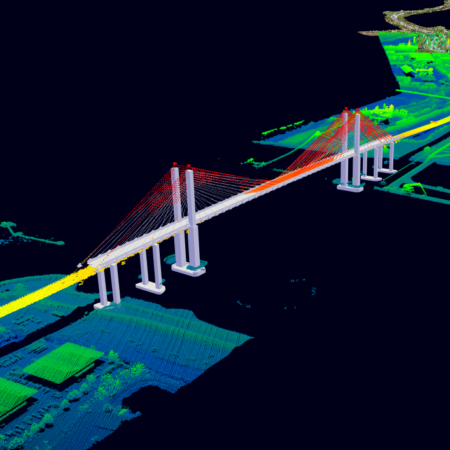Why Digital Twinning Of Highways Will Be Transformational
Digital twinning of the strategic highways network seems like a straightforward concept. Instead of 2D drawings and large information gaps, there will be a comprehensive 3D representation of every road and asset. Attached to this model there is detailed design, build and maintenance data readily available to all stakeholders through the cloud.
Building a digital twin is just the start of a fundamental transformation; Smart monitoring systems, advanced data processing and AI will help to predict maintenance needs and design smarter, less disruptive interventions when repairs or enhancements are needed.
The digital twin makes it easier to deliver projects with modular, offsite approaches and will eventually pave the way for greater use of autonomous plant to increase efficiency and safety.
Transforming the Industry
If you ask most people what picture comes to mind for a highways engineer it will probably feature somebody (probably male) in a high vis jacket, hard hat and work boots. These and other stereotypes are rapidly becoming less accurate and relevant.
Today, it could be somebody using a drone to create a detailed 3D Map of a worksite or to track scheme progress in real time. Or, they could be sitting at a computer screen hundreds of miles away analysing a dashboard showing critical asset performance data or designing modular elements of a maintenance or upgrade programme.
Meet the M25’s Digital Twin
Digital twinning is already underway. Osborne Infrastructure Limited and partners Sensat are using Unmanned Aerial Vehicles (UAVs) to complete a photogrammetric survey of the M25 – the UK’s busiest motorway.
The fixed-wing drones – which can operate up to 12km away from the pilot – efficiently capture data using high resolution photography. The result is accurate and dense geo-referenced point cloud data that will be used as the basis for the digital twin. UAVs allow detailed survey work to be carried out without lane closures and traffic management. Digital twinning without this technology would be highly disruptive and costly.
The 3D model will be enhanced with data about every connected asset including underground services, bridges and overhead lines. The result will be a digital representation of the real world and a single source of asset data available to all M25 suppliers.
When linked with emerging technologies for predictive asset maintenance and self-repairing materials the effect will be transformational – particularly for the businesses and travelling public that rely on our highways network. The future looks really exciting.
To learn more about Osborne’s integrated and innovative approach visit our transport infrastructure resource centre or contact Mike Todd ([email protected]).

